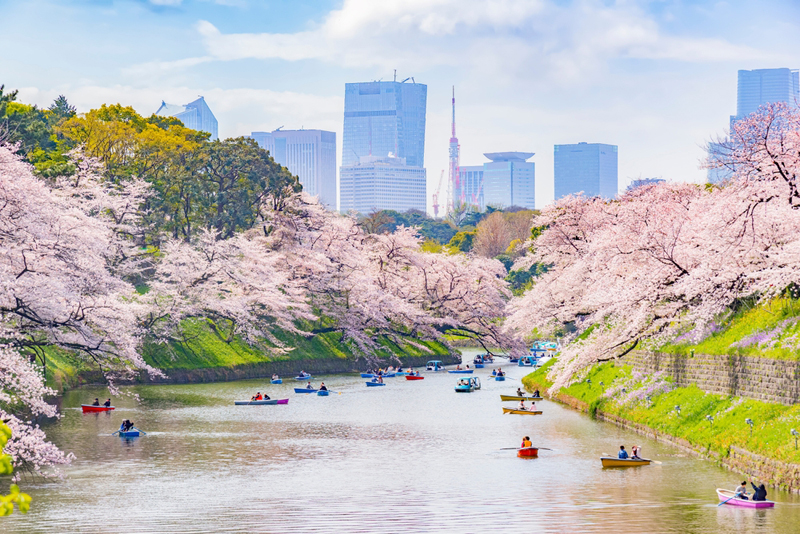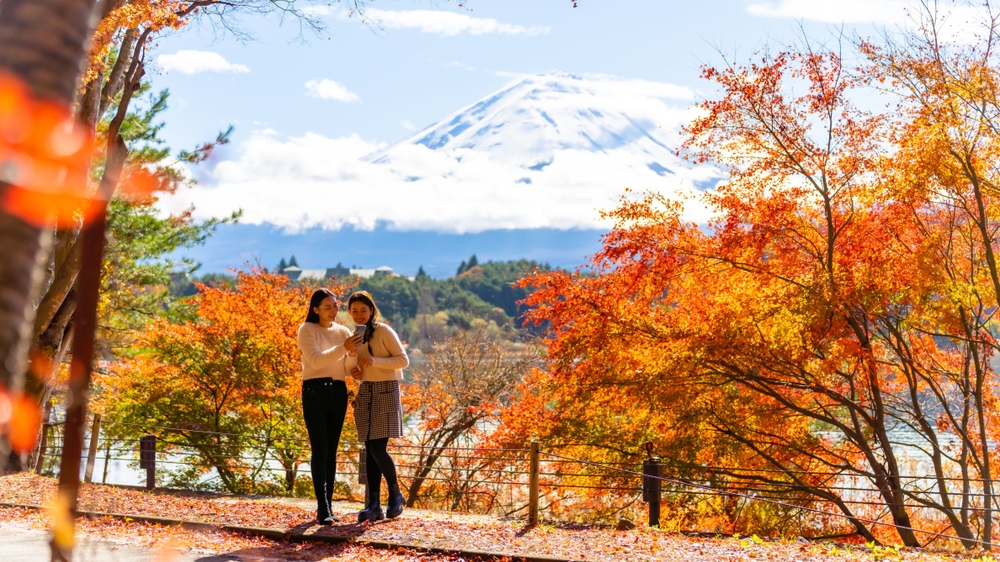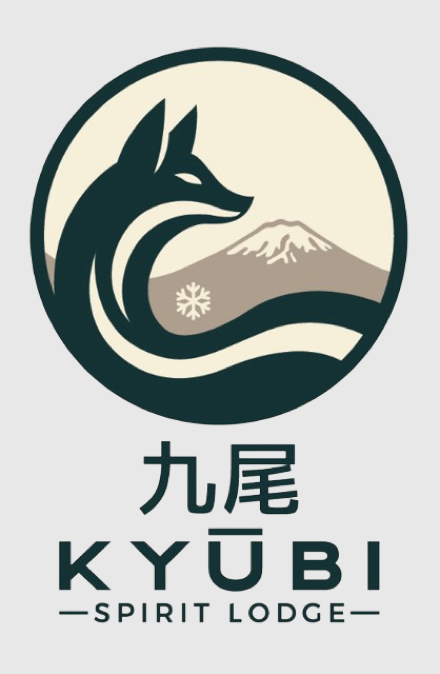
If you are planning to travel to Japan, choosing the right time to visit is crucial for enjoying your vacation to the fullest. Here is a detailed guide on what to expect each month throughout the year when traveling in this country, from traditional festivals, and beautiful natural landscapes, to exciting activities and typical weather patterns of each season.
January
January is one of Japan's peak tourist seasons. However, many shops, restaurants, and attractions are closed from December 29th to January 4th. Outside of this period, January is an ideal time to visit with sunny, dry weather and fewer crowds. Northern Japan and coastal areas experience heavy snow, perfect for winter sports. The downside is shorter daylight hours and dry vegetation.
February
Similar to January, February offers sunny, dry weather with fewer crowds, except during Lunar New Year. Northern and coastal Japan are covered in snow. It's a great time for winter sports and enjoying snowscapes like drifting ice off Hokkaido's coast and snow-covered farmhouses in Shirakawago.
March

Early blooming trees and flowers signal the arrival of spring with gradually warming weather. Cherry blossoms start blooming in some areas by late March, while Northern Japan is still suitable for winter sports. Domestic travel peaks in late March due to school spring breaks.
April
April is often considered the best time to visit Japan. It's cherry blossom season with mild and pleasant weather. Domestic tourism peaks early in the month due to school spring vacations and again later due to Golden Week (four national holidays within seven days, including weekends).
May
Golden Week, one of Japan's busiest holiday seasons, occurs at the end of April and beginning of May, making travel challenging. However, the remainder of May is a wonderful time to visit Japan with fresh greenery, comfortable temperatures, and relatively fewer tourists. Spring arrives in Hokkaido about a month later than Tokyo, while Okinawa experiences its rainy season from early May to mid-June.
June

From early June, the rainy season (tsuyu) affects most of Japan, except Hokkaido. Though not rainy every day, the weather is often overcast and humid. Hot spring resorts like Hakone and lush mountain temples in Koyasan are attractive in rainy weather. Hokkaido is appealing in June due to its lesser impact from the rainy season. Okinawa's weather also improves after the rainy season ends in late June.
July
The rainy season typically ends in early July. Much of Japan experiences hot and humid weather, with even brief outdoor exposure causing perspiration. Higher elevations and Hokkaido offer more comfortable conditions, ideal for outdoor activities during summer. Local festivals and fireworks displays abound. Mount Fuji open for climbing. It's also a great time for beach vacations in Okinawa. Domestic travel peaks significantly with summer vacation from late July to August.
August
August is hot and humid across most of Japan. Cooler conditions prevail at higher elevations and in Hokkaido, popular for outdoor activities in summer. Numerous local festivals and fireworks occur throughout the month. Domestic travel remains high throughout August due to summer vacation, particularly during the Obon week in mid-August (August 13-16).
September
Typhoon season peaks in August and September. Typhoons often make landfall in Okinawa, Kyushu, and Shikoku, bringing heavy rain and strong winds over a wide area for about two days. Fortunately, post-typhoon weather is typically very good. September is still hot and humid, but tourist spots are less crowded.
October

October is one of the most pleasant months to travel in Japan with warm but no longer humid weather. Trees begin changing colors in northern and higher-elevation areas.
November
November is one of the best times to visit Japan with relatively dry and mild weather, showcasing beautiful autumn colors across the country. Tourism is usually lower except for popular leaf-viewing destinations.
December
December is a good month for travel due to generally dry weather. Domestic travel remains low in early December until school winter holidays begin late in the month. The downside of winter visits includes shorter daylight hours and dry vegetation. Some tourist attractions close for New Year's. Ski season begins in December.
Read more: Winter Festival Japan: A Snowy Spectacle of Tradition and Delight
No matter when you choose to travel to Japan, this country always promises unforgettable and diverse experiences. From stunning natural landscapes, unique culture, and traditional festivals, to rich and varied cuisine, each month of the year holds something special for you.
Plan carefully and enjoy wonderful moments in the Land of the Rising Sun. Whether you come to admire cherry blossoms in spring, participate in summer festivals, admire red autumn leaves, or experience white snow in winter, Japan always offers fantastic experiences awaiting you. Wishing you a fun and meaningful journey!
Source: Japan Guide







